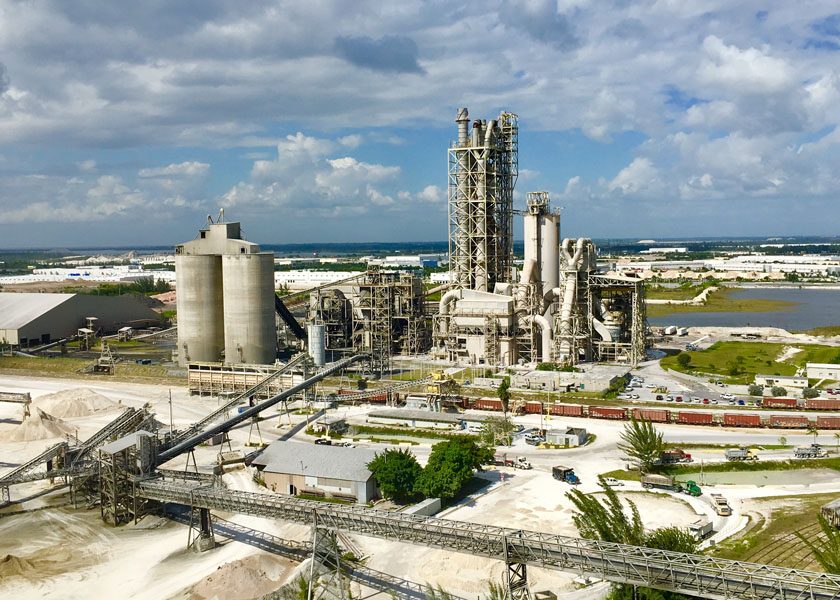A recently proposed standard for particulate matter for the cement industry will allow plants to develop new control and compliance strategies to address this and other emissions while preserving vital manufacturing jobs, according to statements Portland Cement Association issued recently at a public hearing in Arlington, Texas.
In July, the U.S. Environmental Protection Agency (EPA) announced new proposals to the national emission standard for hazardous air pollutants (NESHAP) for the portland cement manufacturing industry, specifically, a modification to the emission standard for particulate matter (PM). It also proposed to reset the compliance deadline from September 2013 to September 2015 to address the new PM standard and its potential impact on associated compliance strategies for other regulated constituents.
The proposal is strongly supported by the data EPA possesses in the rule record. In 2009, PCA argued that the PM standard should be revised to reflect inherent variability of emissions over time. In reviewing the standard as part of the reconsideration process, EPA came to the same conclusion. The new proposed standard now more accurately reflects the variability of emissions experienced by cement kiln control devices during extended periods of time.
PCA also believes that this new standard will reduce the number of cement plants that otherwise would have been forced to close, thereby avoiding hardship in many communities throughout the country. “With the additional time for compliance, the industry will be able to fully complete any planning, engineering and construction that may be necessary to achieve compliance with the revised standards and hopefully accomplish that during a more robust economic time period,” Andy O’Hare, PCA vice president for regulatory affairs, said at the hearing. The association is also preparing written comment on the proposal.
U.S. cement production and its related industries employ tens of thousands of Americans and produce a product that is absolutely essential to maintaining and improving the country’s infrastructure. At the public hearing, the industry outlined the series of steps plants will undertake to prepare for compliance, including new engineering studies, technology procurement and design, and any necessary plant construction that is needed.
“The cement industry takes its environmental performance seriously,” O’Hare said. “During the last decade, cement plants have successfully addressed the demand for portland cement while developing and implementing environmentally and socially responsible business practices. The industry has invested in technology to reduce air emissions, minimize waste production, recycle and recover inputs, enhance energy efficiency and conserve natural resources – all the while producing a reliable and affordable supply of building materials to support our economy.”



